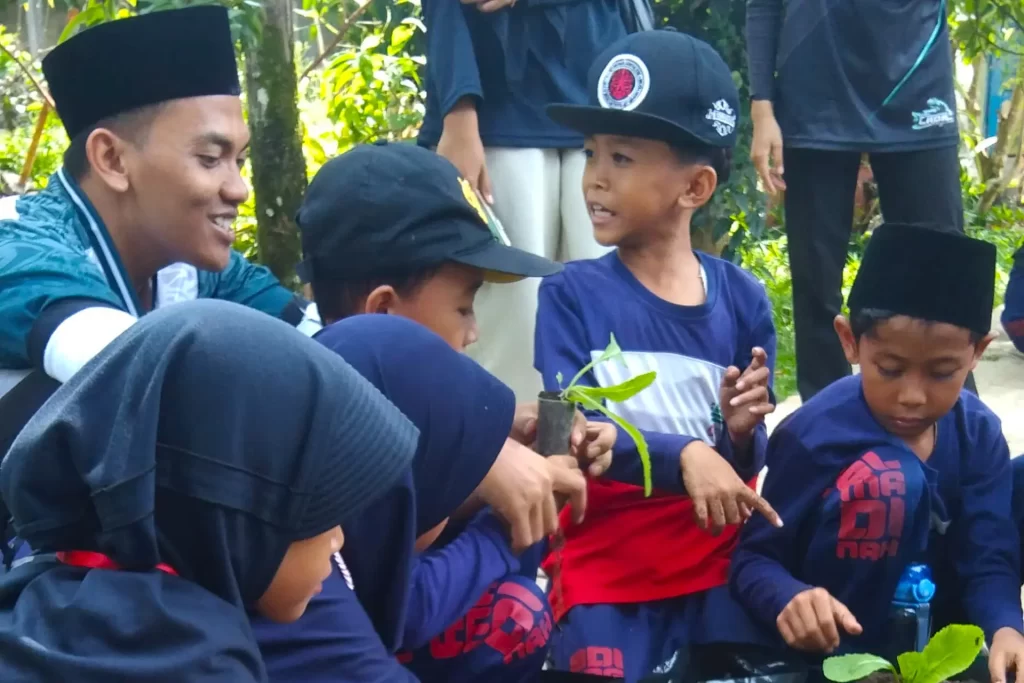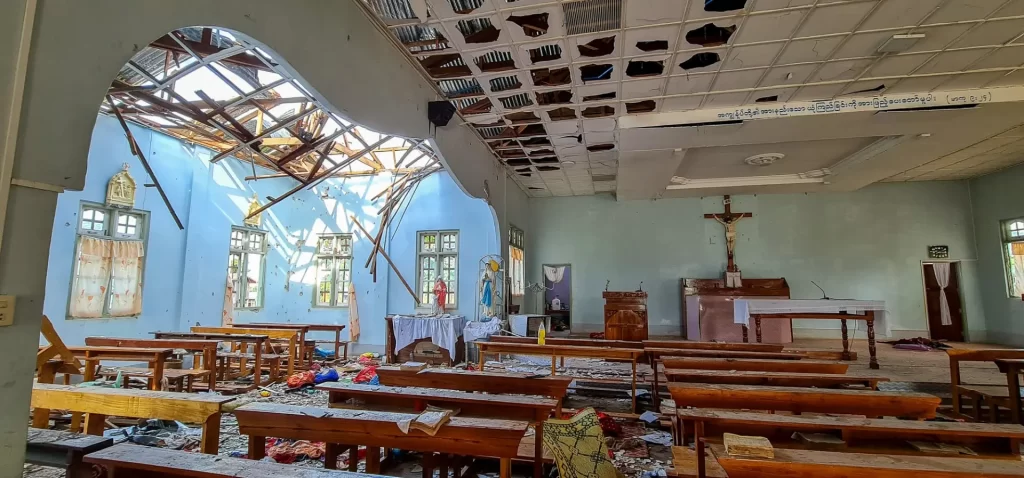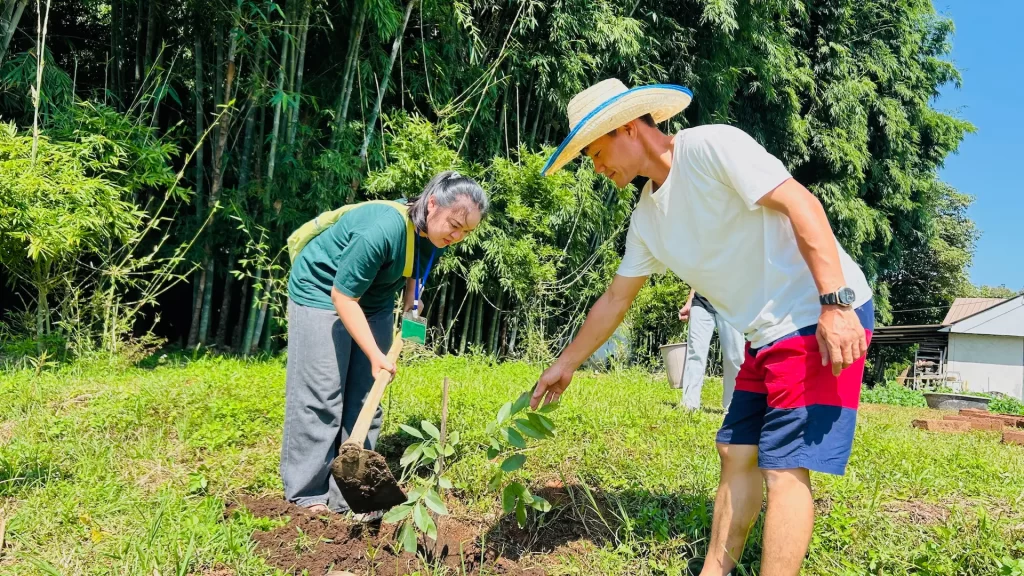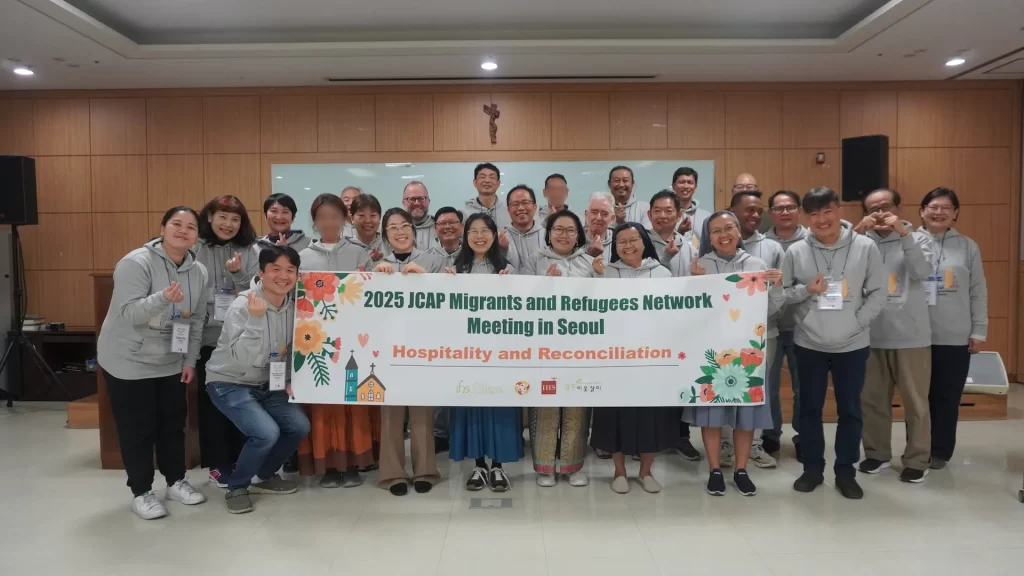An estimated 20 million people across Southeast Asia have been affected by flooding since June. Most are in Thailand, but typhoons struck the Philippines in October, and Laos was hit by cyclones in July and August. About 1.8 million people in Cambodia and Vietnam are also suffering from the worst flooding in a decade. Myanmar also is experiencing flooding, though the extent is unclear because little information has been released from the country. Local media there reported some 30,000 people were hit by flash floods last month that killed more than 160. (Associated Press: Silent flood misery for 1.8M in Cambodia, Vietnam)
In Thailand, which is experiencing its worst flooding in more than half a century, the death toll passed 600 on November 20.
The floods began in late July, fed by heavy monsoon rains. The floodwaters swamped entire towns as they moved south through the country’s central heartland to Bangkok and the Gulf of Thailand. More than two-thirds of the country’s 77 provinces have been flooded during the four-month-long crisis, affecting an estimated 13.38 million people. Homes and livelihoods of many thousands of people have been lost as farmland and factories have been inundated and destroyed.
A friend emailed on October 26 saying, “People are panicking and most folks are trying to get out of the city… the water is moving in about 1-2 meters high… Don Muang, Thammsaart University, etc are from 2 to 3 meters under water. The government predicts it will be under water for 1.5 – 3 months. The Tesco stores and 7-Eleven are all closing because they have no more food stocks and cannot get more in.”
Another wrote on October 27: “This is really so tragic what is going on here … as the tides rise now the water is backing up into the city … the stench is bad, the waters are closing in, although the city centre is still dry and eerie with so few people and cars around….”
The government said on November 20 that the situation has improved dramatically in recent days and clean up has begun in many areas, though some still face weeks more under water. The government said 17 provinces remained flooded.
Many areas in the north and west of the capital are still under water and full or partial evacuation orders are in force in about half of the city’s 50 districts.
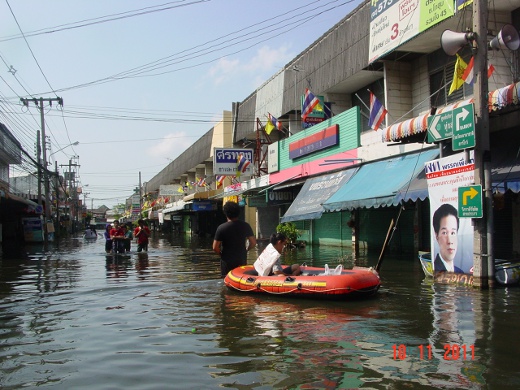
Sanan, JRS staff member in Mae Sot, said opportunists are taking advantage of fleeing migrants. Mae Sot, a border town where many Burmese migrants live, is seeing large numbers of migrants returning to avoid flooding in Thailand.
“Some of our friends and partners have told me that when migrants from Burma return home or come back to Thailand, they have to pay brokers, police or soldiers from both sides of the border,” said Sanan.
Migrant workers who remain in Thailand and are without registration papers or work permits are afraid of being exposed by going to government shelters. Some migrants have been turned away from these shelters. A Vietnamese family JRS referred to a government shelter had been refused because the shelter provides assistance only to Burmese, Laotian, and Cambodian migrants.
Jesuits and friends have been sending us updates and reports on the situation in Thailand and Cambodia and we share below some recent ones.
Thailand
Flooding leaves thousands of migrants in limbo, November 3
JRS response to the flood – a photo story, November 8
Floodwaters mirror crisis and character – November 16
Missionary reports on Thai floods: ‘challenge turning into a nightmare, November 2 – report by Fr David Townsend SJ in Chiangmai
Cambodia



